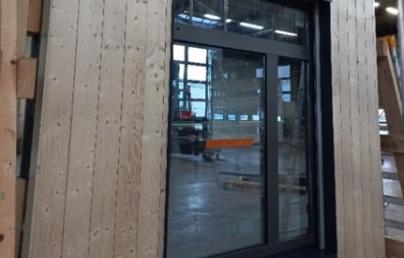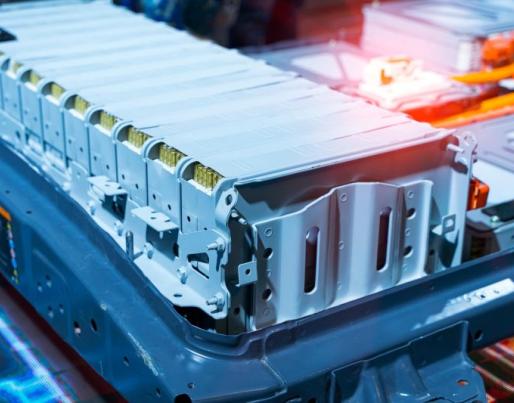
The EU low-carbon transition will increase the demand of new raw materials. What would be their environmental impact?

The EU low-carbon transition will increase the demand of new raw materials. What would be their environmental impact?
In the perspective of the EU low-carbon transition, this study has assessed the environmental costs associated with meeting this demand by 2050, specifically focusing on three main strategic sectors: renewable energy, e-mobility, defence & aerospace. Researchers affirm that these costs will be outweighted by the benefits of the low-carbon transition.
This study assessed the environmental costs associated with meeting demand for key resources in the EU by 2050. The researchers estimate the total annual cost at €38.9 billion, with 48.5% arising from materials used for electric-vehicle batteries, including nickel, accounting for 24.9% of total cost.
The transition to a low-carbon economy set out in the European Green Deal will alter demand for many raw materials. However, the environmental impacts of increased demand for key resources required to provide the necessary infrastructure have not been fully assessed. This study used existing data to explore the implications of rising demand by material, type of impact and affected country.
The researchers identified anticipated consumption of key materials from the EU Foresight study, Critical raw materials for strategic technologies and sectors in the EU, and sourced those countries exporting them to the EU from the UN Comtrade database, incorporating production within the EU27 from the US Geological Survey. They considered a range of scenarios, focusing their analysis on a situation with moderate material demand, no recycling (due to current lack of available recycling processes) and a 0% discount rate.
They assumed that all materials would continue to be sourced from different countries in the same proportions as they are currently. The researchers then assessed each material for impacts on climate change, water use, land use and abiotic resource depletion (using up finite supplies of materials). They transformed these levels of impact into monetary values to produce final estimates of the total annual cost of environmental damage by 2050.
The researchers highlight that as these environmental damage costs only represent 3.7% of costs from EU carbon emissions in 2018, they are likely to be outweighed by the benefits of the transition to a low-carbon economy. They argue that recycling could be a key component in reducing impacts from the production of raw materials and that provisions for public transport and cycling could limit demand for vehicle batteries. The study does not focus on this area, however, as recycling of these materials has not yet begun in earnest – the researchers say that recycling processes for many of the materials and products do not exist in industrial quantities (there are not many electric vehicles entering the demolition phase).
Read the full news here.

